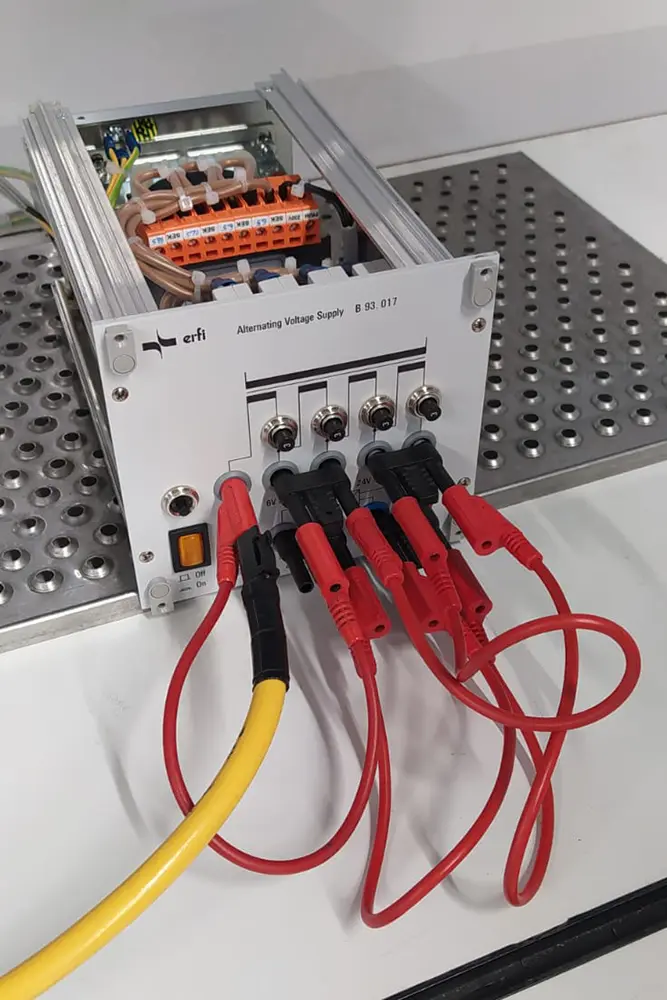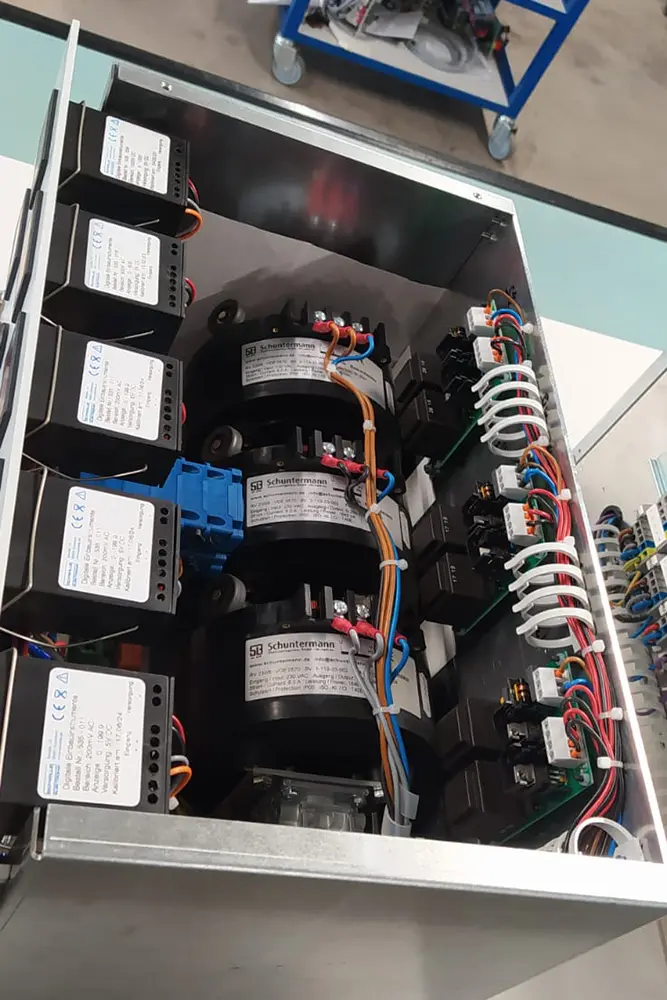EAC TR EAEU (CU) 037/2016 (RoHS)
Restriction of Hazardous Substances in Electrical and Electronic Equipment
What is TR CU (RoHS) 037/2016?
The technical regulation TR EAEU 037/2016 defines limit values for hazardous substances in electrical and electronic devices sold in the Eurasian Economic Union (EAEU).
The goal is to protect human health and the environment by restricting or banning certain substances commonly used in electronics.
Key Facts:
Which Products Fall Under TR EAEU 037/2016?
This regulation applies to a wide range of electrical and electronic equipment that must comply with the TR CU 037 RoHS Standard within the EAEU (Russia, Belarus, Kazakhstan, Armenia, Kyrgyzstan).
Covered Product Categories:
Which Products are Excluded from TR CU 037/2016?
The following products are not subject to this regulation:
Which Hazardous Substances Are Regulated by EAC RoHS Standard?
EAC TR CU 037/2016 (RoHS) restricts six substances commonly found in electronics:
| Substance | Maximum Content (wt%) |
|---|---|
| Lead (Pb) | 0,1 |
| Mercury (Hg) | 0,1 |
| Cadmium (Cd) | 0,01 |
| Hexavalent Chromium (Cr6+) | 0,1 |
| Polybrominated Biphenyls (PBB) | 0,1 |
| Polybrominated Diphenyl Ethers (PBDE) | 0,1 |
Products exceeding these limits cannot be sold or imported into the union EAEU
Proof of Compliance – EAC Declaration or Certification?
Manufacturers or importers must prove compliance using one of two methods:
1. EAC Declaration TR 037 (Standard Procedure)
2. EAC Certification TR 037 (Voluntary Option)
Required Documentation for TR CU 037 Approval:
- Product material composition
- Test reports from certified labs
- User manual (in Russian and/or other official union language)
- Safety documentation (Justification of Safety, Risk Analysis)
Is EAC Marking Mandatory Under TR CU 037/2016?
Yes. Only fully compliant products can carry the EAC-mark, which is essential for selling in the union.
Manufacturer/Importer obligations:
- Display the EAC-symbol on the product, packaging, and technical documentation
- Include model number, serial number, and manufacturing date
- Add warnings about hazardous substances, where applicable
Who Is Responsible for Compliance?
Manufacturers:
- Ensure technical and safety conformity
- Maintain all relevant documentation
- Perform internal quality assurance
Importers:
- Confirm product compliance with TR CU 037/2016
- Keep records available for inspection
Distributors/Retailers:
- Sell only EAC-compliant goods
- Cooperate with regulatory inspections
Non-compliance may result in import bans or significant penalties.
Summary – Key Takeaways on TR EAEU 037/2016
Need assistance with EAC certification? Contact us for expert guidance and fast, compliant certification solutions!




